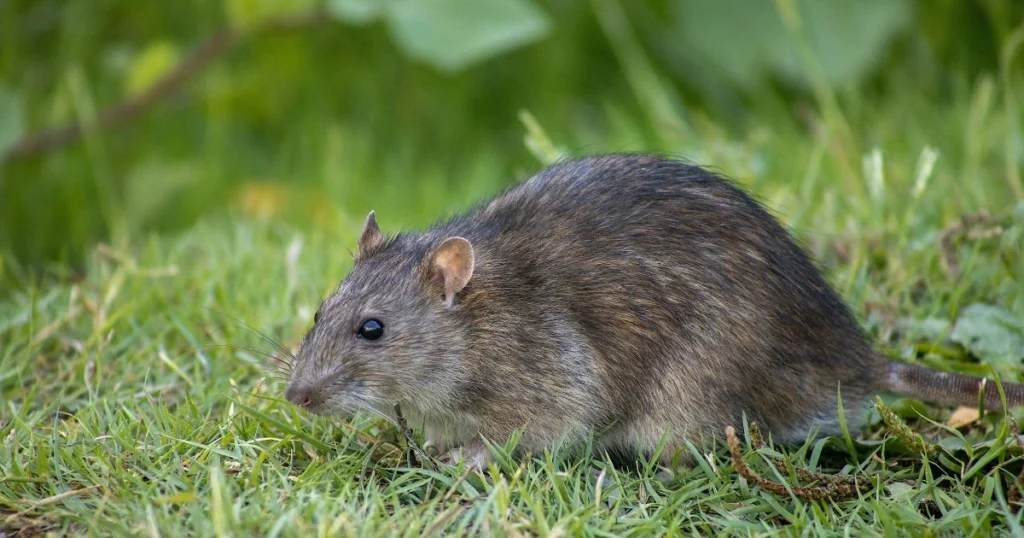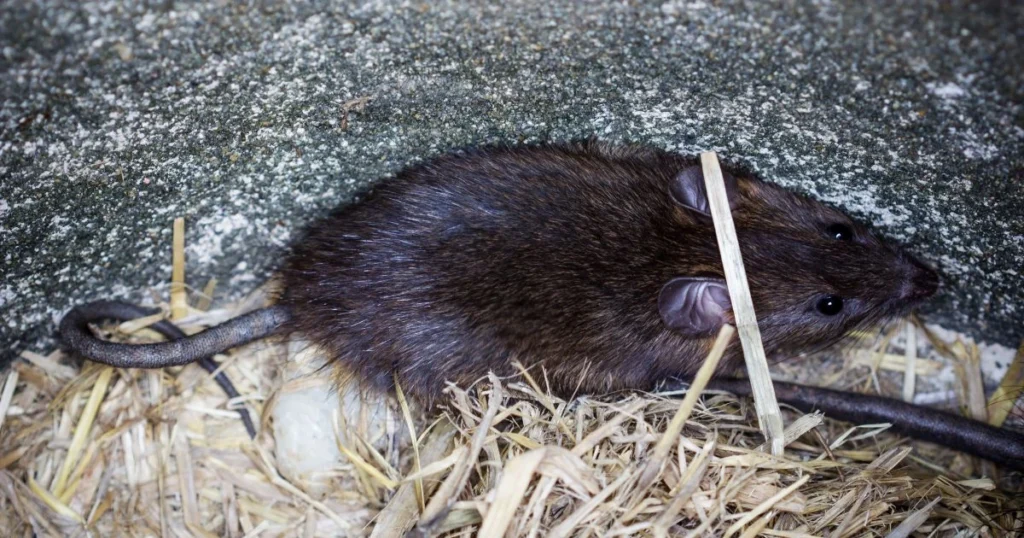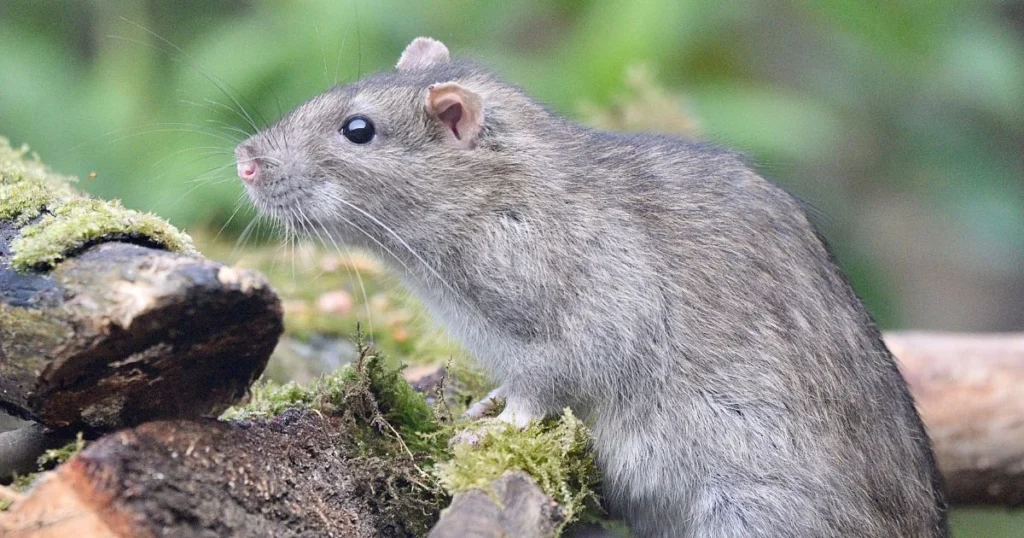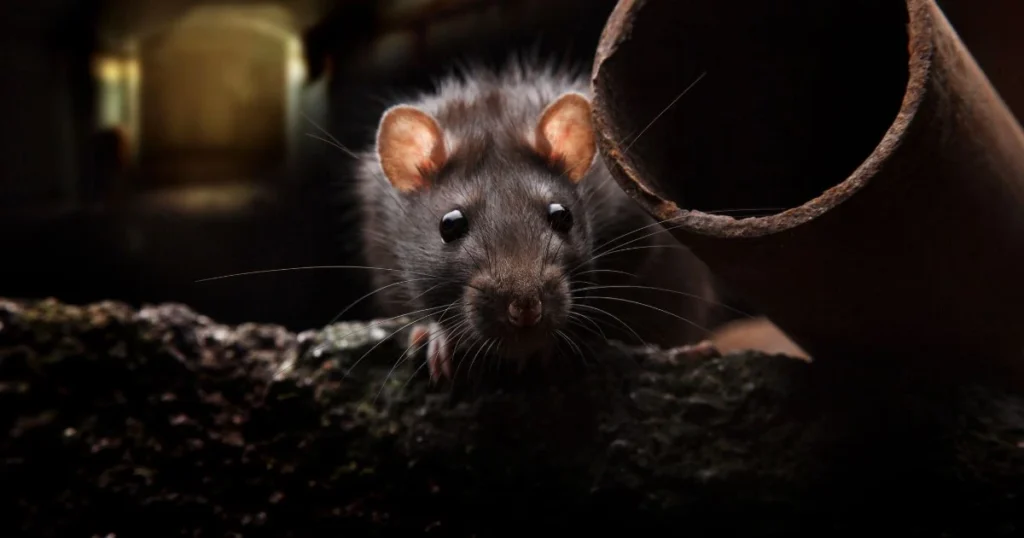
Many people are fascinated by big rats, often called giant rats or large rats. These creatures, sometimes described as unusual-sized rats, can evoke curiosity and fear. Understanding the reasons behind their size and behavior can illuminate the realities of these often misunderstood animals.
Large rats have adapted to various environments, thriving in urban areas with plentiful food sources. Observations of these creatures raise pertinent questions about their impact on ecosystems and human habitats. Exploring their biology and behavioral traits can help explain why some rats grow significantly larger than the norm.
In certain regions, reports of giant rats have sparked intrigue and concern. These oversized rodents can pose challenges and reveal important information about environmental changes and urban ecosystems. Readers will find that the world of big rats is more complex than it might initially appear.

Big rats, such as the fancy rat and their larger counterparts, exhibit distinct biological traits and behaviors that set them apart from their smaller relatives. Understanding these attributes provides insight into their adaptation and survival.
Big rats can reach sizes that vary significantly depending on the breed. Fancy rats, a common domesticated variety, typically weigh between 300 and 500 grams and measure about 9 to 11 inches long, excluding the tail. In contrast, certain wild species can exceed these dimensions, with some capable of reaching lengths of up to 20 inches with their tails.
Their fur can range from smooth to rough and comes in various colors, including gray, black, and brown. The eyes are generally large and beady, commonly in black or red hues. Their bodies are robust, with a long, thin tail that aids in balance and communication.
Big rats are noted for their high intelligence and social nature. They thrive in groups and often display complex social structures within their communities. This social behavior encourages grooming and bonding, which are crucial for their well-being.
These rodents are also incredibly curious and adaptable animals. They explore their surroundings with dexterity and are known for their problem-solving skills. Big rats exhibit a range of vocalizations, from squeaks to soft chattering, which they use to communicate with each other.
Understanding these characteristics sheds light on their adaptability and roles in wild and domestic environments.

Big rats thrive in diverse environments, adapting well to urban landscapes and wild habitats. Their populations can vary significantly based on food availability, climate, and human interaction.
Big rats, including species like the sewer rat, are common in urban areas. They inhabit sewers, subways, and buildings, exploiting human waste as a food source. Dense human populations provide abundant opportunities for rats to find shelter and sustenance.
These environments offer warm spaces, especially in colder weather. Infestations can lead to significant public health concerns, as these rats can carry diseases that affect humans. Additionally, urban rats can reproduce rapidly, with females producing several litters each year, contributing to rising populations.
In natural settings, giant rats occupy forests, grasslands, and wetlands. They often build nests in burrows or dense vegetation. These habitats provide natural food sources like seeds, fruits, and smaller animals.
The presence of predators and limited resources can regulate their population size in the wild. Some species, such as the Capybara rat, adapt well to their environments, demonstrating various dietary preferences and nesting behaviors. This adaptability is key to their survival and population stability in fluctuating ecosystems.

Addressing a rat infestation requires professional expertise. Big rats can pose health risks and cause property damage, so enlisting professionals ensures safe and effective removal.
Reasons to Call Professionals:
Choosing the Right Company:
Look for companies with:
Critter Stop stands out in these categories, offering a stellar reputation and high-quality service. Its commitment to customer satisfaction means it addresses immediate concerns and long-term prevention strategies.
For a free inspection and to tackle issues with big nasty rats, call Critter Stop at (214) 234-2616. They are known for their thorough evaluations and practical solutions, ensuring peace of mind for property owners.

Addressing big rats involves understanding their behavior, health risks, and effective management techniques. Environmental factors contribute to their size and prevalence in certain areas, impacting urban living and pet care.
Big rats thrive in crowded spaces where food and shelter are readily available. Their size allows them to adapt to various environments, making extermination more complex. In urban settings, they can quickly repopulate, leading to ongoing challenges in pest control.
Giant rats often exhibit more aggressive behavior than smaller species. Due to their size and potential to carry more pathogens, they may pose greater health risks. Their feeding habits can also lead to increased damage to property and infrastructure.
Practical techniques for managing large rats often include traps explicitly designed for their size. Baiting strategies may also need to be adjusted to attract larger specimens. Integrated pest management plans that account for their behavior are crucial for long-term control.
Gigantic rat species often have different physical characteristics, such as body length and weight. Their reproductive rates might also vary, impacting population dynamics. Behavioral traits, such as foraging instincts and nesting habits, show notable differences between standard and larger species.
Food availability, urban infrastructure, and climate can lead to larger rat populations in some areas. Regions with abundant waste or shelter support larger sizes due to increased resources. Additionally, geographical factors such as proximity to water sources can influence their growth.
Fancy rats typically reach 9 to 11 inches, not including their tails. Their size affects housing requirements, social interactions, and dietary needs. Proper care must consider their space, enrichment opportunities, and overall health to ensure their well-being.
Visit our Critter Library and learn more about our furry friends